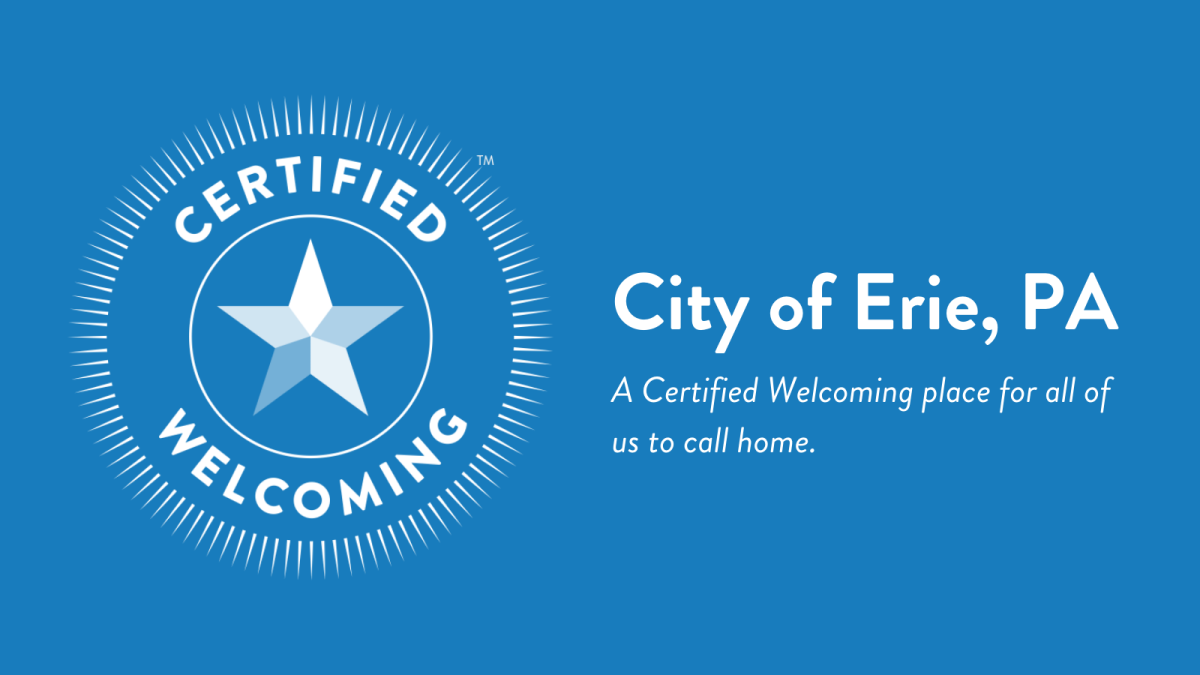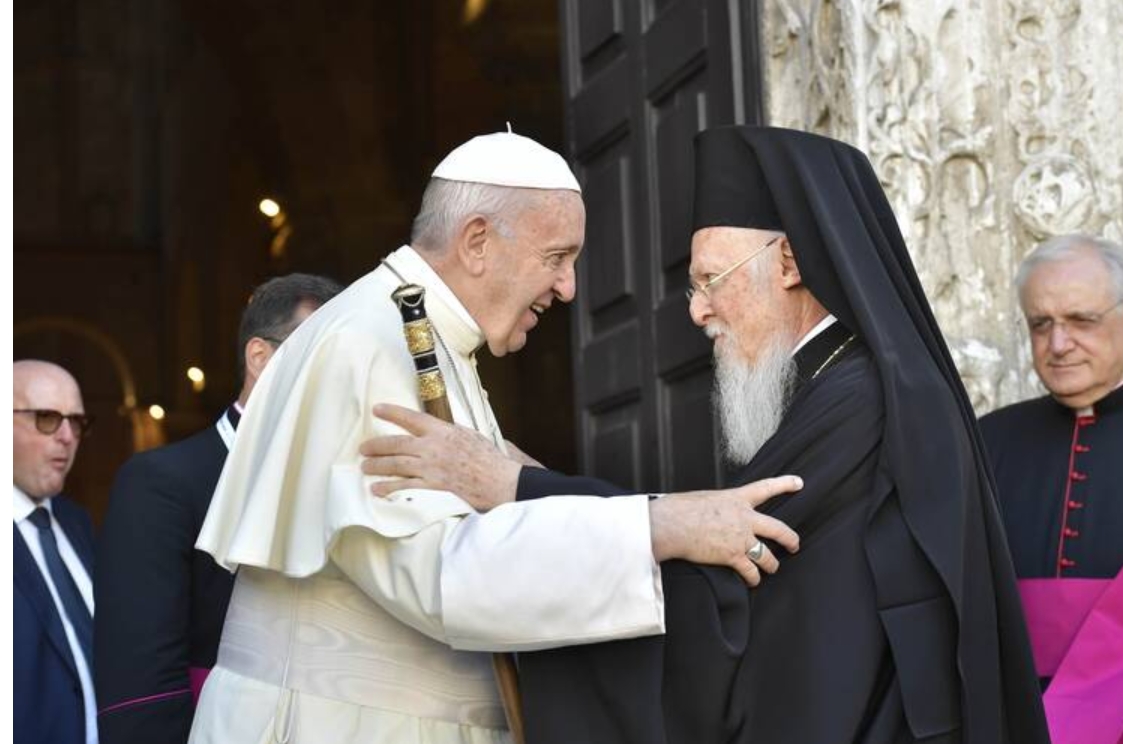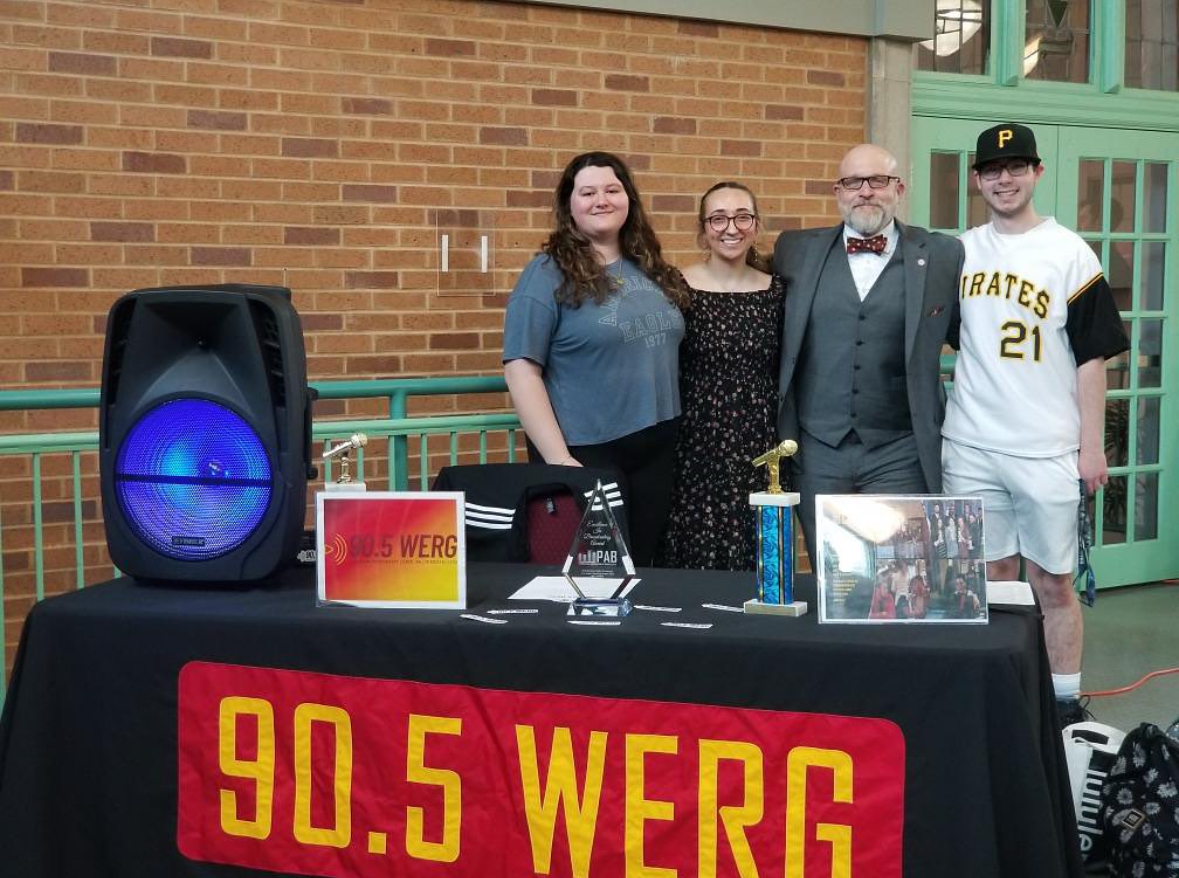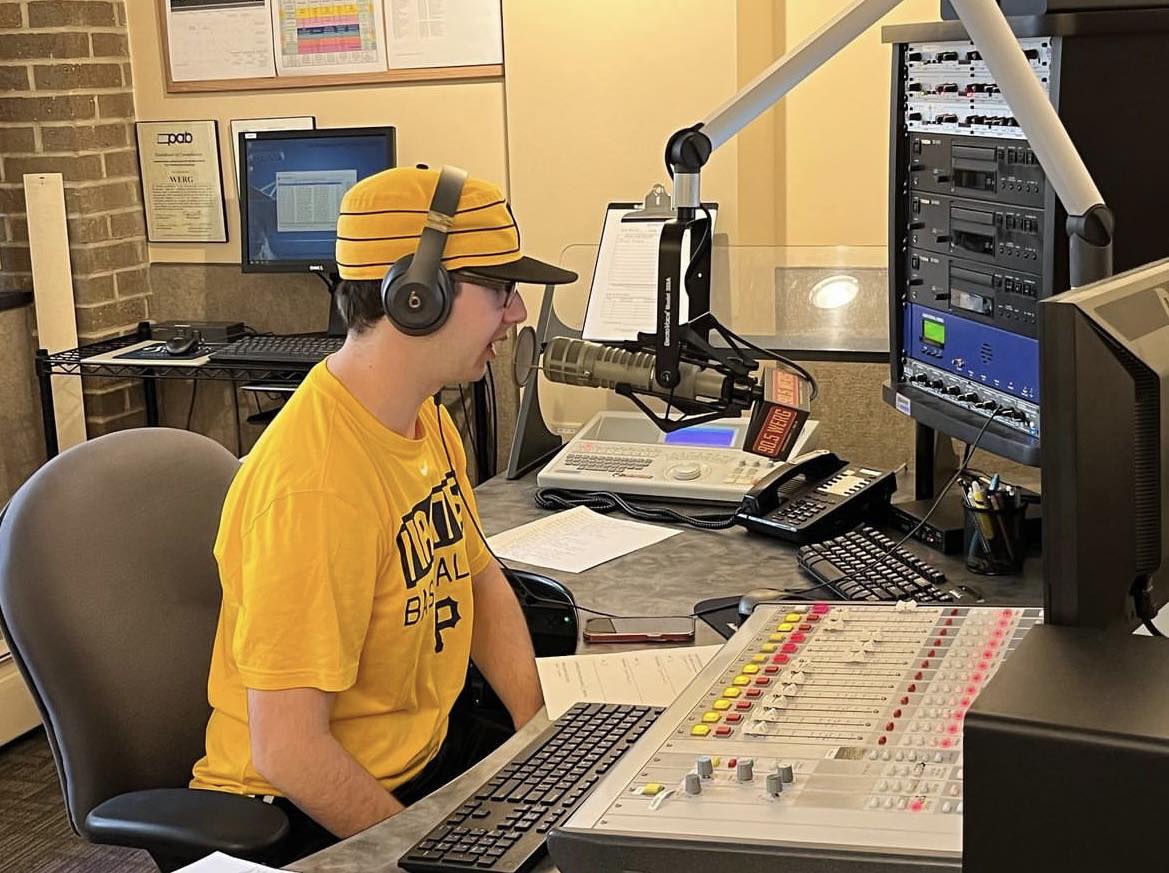Admit it, there have been times you have forgotten where you parked your car. You probably spent a good 15 minutes wandering around aimlessly in the parking lot trying to find it while hoping to avoid the embarrassment of other people noticing.
Once you located it, you may have shaken your head or cursed under your breath because the inconvenience set you back and caused you to be running late.
Obviously, you don’t lose your car that often, and generally you remember everything you need to and life goes pretty smoothly because of it. But what if you can’t remember why you came to the store in the first place, or what store it is and you’re confused and angry as to why a simple task has to be so difficult?
It’s hard to comprehend what exactly that is like unless you or someone close to you has or had Alzheimer’s, a form of dementia.
Alzheimer’s is not as simple as becoming sick and going through treatment that either works or doesn’t. It can change one’s entire personality, including demeanor, passions, disposition and more.
Alzheimer’s is also not preventable. In the book “Alzheimer’s Disease,” Paul Dash and Nicole Villemarette-Pittman talk about the factors that increase the likelihood of someone getting the disease.
They state, “If you have a stroke, and a small percentage of the causes come from reversible sources like depression or disruptions in a metabolism, and lifestyle including alcohol, diet, smoking and diabetes to name a handful. But even these factors are not the complete reason why Alzheimer’s forms.”
There are numerous walks in support of good causes, and so many organizations that are talked about more. Amanda Hurd, constituent relations manager for the Alzheimer’s Association’s Greater Erie Chapter, provided insight into this.
“Other diseases have survivors, once you have Alzheimer’s, you eventually die from complications from it,” she said. “For instance, you forget to eat or why it’s necessary to eat. There aren’t any success stories like other diseases are having and it’s embarrassing for people that have it because it’s not as understood as it should be.”
Once a year in Erie, people who have had someone close to them affected with Alzheimer’s get together to raise awareness.
This year it was Sept. 22 at Liberty Park along the Bayfront. It was a Saturday morning, the cold air was thick with moisture and there was no sun peeking through the clouds. However, if you were to look at the people, you wouldn’t have paid attention to the dreary weather.
The people were only there for one purpose – to help make it possible to find an end to Alzheimer’s, an end which is now that much closer because of this walk.
The Walk to End Alzheimer’s happens every year in over 600 communities nationwide and is the nation’s largest event to raise awareness and funds toward Alzheimer’s care, support and research.
Hurd is in charge of this walk and nine other walks in Northwestern Pennsylvania.
She works long hours to make sure the walks are a success, but it takes a lot more than her efforts alone.
Hurd said that the average number of people that participate in the walks is around 650 – 700 but the goal this year was 800. The event is about more than walking two miles and wearing matching shirts. In fact, most of the volunteer efforts happen before the day of the walk.
The participants get a team together and register, and then raise money on their own for the cause.
Hurd said they raise money by putting on things like spaghetti dinners and garage sales and they go around asking people to donate a certain amount of money for each mile they walk. They can also sell things like candles, bracelets and raffle tickets to raise money. The money goes to more than one area.
“About $70,000 is raised and it goes toward providing better care for the people with the disease, support for their family and most importantly, research so that there can be a cure,” Hurd said.
If you are an advocate for something in particular, it’s probably because you have an emotional tie to it. The same goes for people who participate in the Walk to End Alzheimer’s.
“The majority are connected to someone who has or had this disease,” Hurd said. “And there are also some people who participate by association. One of their friend’s family members, or a friend’s friend who had it, it happens through word of mouth.”
One of those people who heard of this walk through word of mouth is Charris Brunot, a volunteer who was at a tent selling bracelets, 50/50 tickets and calendars, all for the Alzheimer’s Association during the event. She heard about it through a co-worker who participated in the Meadville Walk.
“This is my first time attending,” she said. “I don’t have someone I know that has been affected, but it’s been a positive experience. Everyone knows someone with the disease and they seem supportive and willing to donate.”
Jim Papson, who conversely is no stranger to these walks, said he has been participating in them for awhile.
“I’m doing it in honor of my mother,” he said. “I don’t know if it helps, but I’m going to do it anyways.”
Papson was accompanied by his sister and hundreds of others who were huddled together in clusters, hoping to shield each other from the reoccurrence of rain. There were 55 teams at this walk and together they had raised $47,000 toward the cause.
After about 30 minutes of the participants going from tent to tent and walking around conversing, speakers came on the stage to tell stories of people that have been affected by the disease. There were higher ups in the association who spoke of statistics to reiterate why the walk is so important. For example, they said that 5.4 million people live in the United States with the disease, and by the year 2050, that number will grow to 16 million.
In the crowd of people listening, there was a sea of cloth windmill flowers. Their petals were twirling in the wind, and their vibrant colors shone through the gray fog. On the petals, the participants wrote the names of those for whom they were walking. During the walk, volunteers “planted” these flowers in the “promise garden.”
If James Schmitt had been at the event, he would have written his father’s name on his flower. James Schmitt’s father, Clarence Schmitt, was diagnosed with Alzheimer’s at 81 and consequently had to live with James because he was living alone and unable to take care of himself.
“The biggest change I noticed in my dad was his short term memory,” Schmitt said, “He was more child-like in behaviors. My dad was definitely emotionally volatile, easily frustrated and confused much easier than before.”
Like many other people, Schmitt went to an Alzheimer’s support group, which supports such things as the Walk to End Alzheimer’s, to seek advice and to talk about what he was going through.
“It really helped that other people knew what I had to deal with and could truly empathize with me,” he said.
The feeling of embarrassment was not present on the day of the walk. Numerous vendors came out as well in support of the cause like Sunrise Senior Living Center, LECOM and Home Instead Senior Care all of which deal with the effects of this disease on a daily basis. Just for a few hours on a dreary Saturday morning, everyone forgot about their own issues. They forgot about the errands they needed to run, or the people they needed to call or their jobs.
They all focused on Alzheimer’s. Alzheimer’s and the people they love who had or have it, and then they remembered why this awareness is so important.







